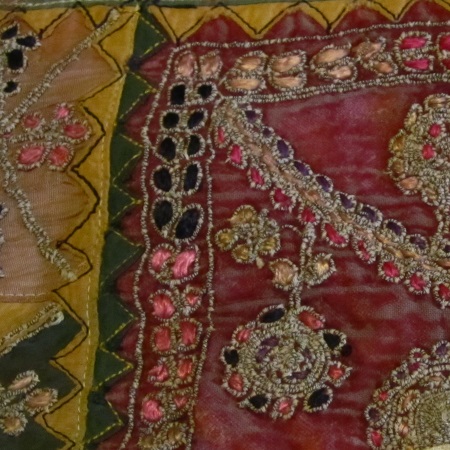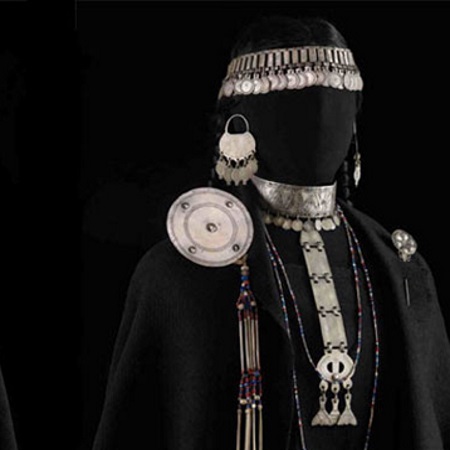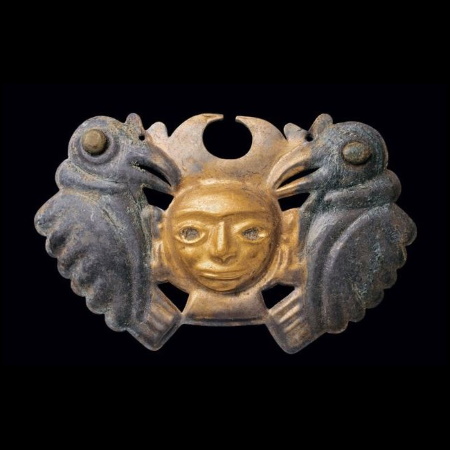Scarification in Africa by Sarah Corbett
Scarification is a permanent form of adornment which has been practised throughout history. Evidence from Saharan rock paintings suggest it’s use in 8000 – 5000 BC. By cutting the skin and manipulating the healing process or by branding, intricate designs can be created.
Scarification in an indigenous context is mostly practised in Africa and Australia.
There are various techniques which are used in the application of designs. Cutting into the skin with a sharp implement leaves ‘flat’ designs. By lifting the areas of skin with a thorn or a hook and then cutting across the skin with a blade raised and rounded designs are created.
Other techniques involve introducing an extra material to the would, such as ash, clay or gunpowder. This technique produces very raised scars.
The act of scarification is related to social and cultural beliefs and traditions and has deep and significant ritual purpose.
The rite of passage is also a key aspect of the practice of scarification. The bravery and endurance may be seen as a gateway to adulthood, the ability to face injury or even death in battle, or the trauma of childbirth.
Those undergoing scarification can experience a spiritual state of euphoria, which is related to the release of endorphins.
African scarification choices are a form of adornment to add perceived beauty, but also a code is hidden within many designs, which communicates much regarding the individual. For example a Dinka of Sudan has facial scarification on the forehead to identify clan, however Nuba women will receive scars to the forehead, chest and abdomen at puberty , at first menstruation they will receive further cuts beneath the breasts, followed by extensive scarification to the sternum, back, buttocks and legs after their first child is weaned.
In the African climate, where clothing was not required for warmth, other techniques of decorating and covering the body, such as painting or scarring the skin were once prevalent. However as urban values and the wearing of Western styles of clothing become widespread the practice of scarification has declined. Nowadays scarification is seen only on older members of communities.
Tags: african scarification, body modification, scarification






